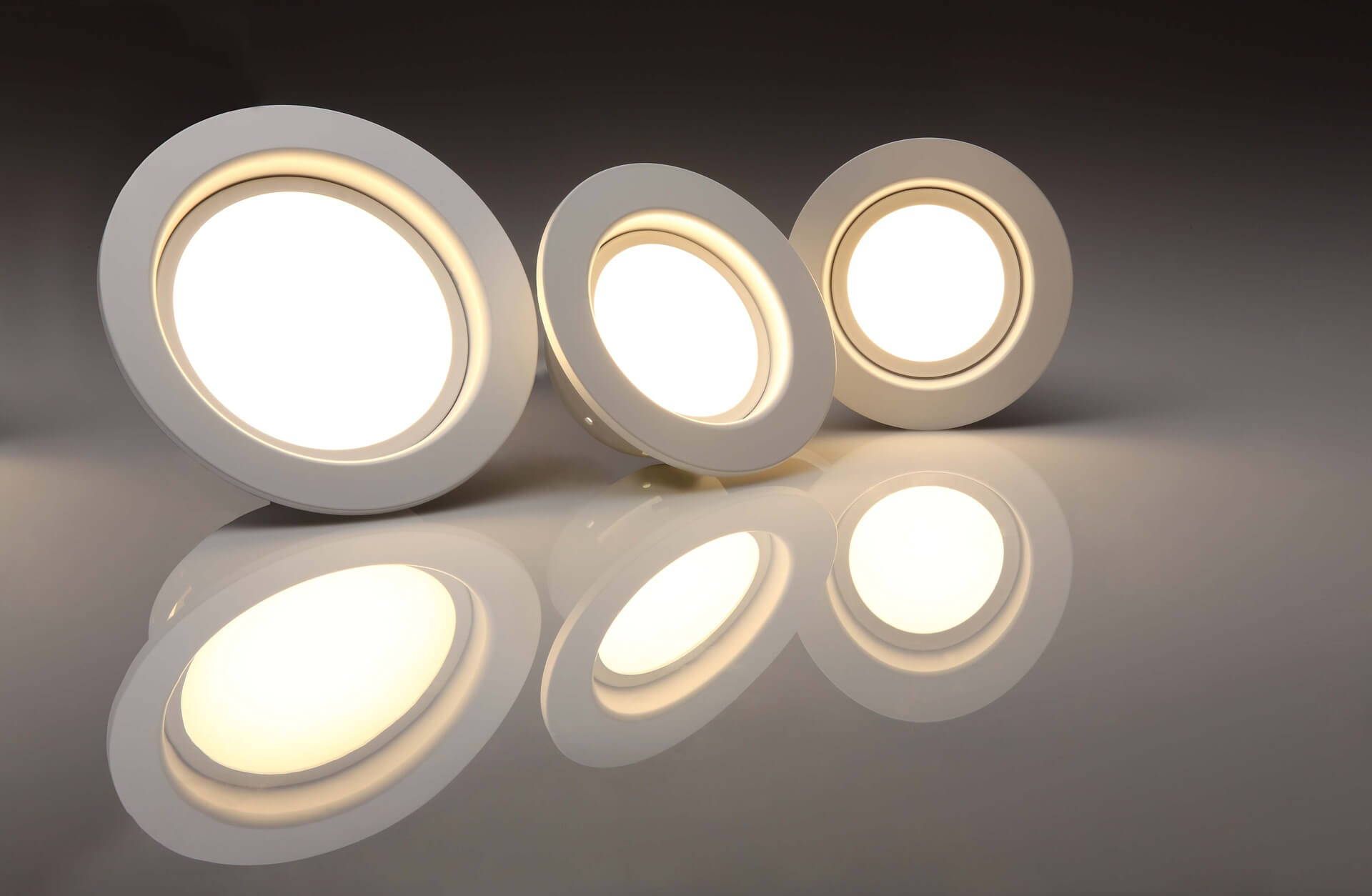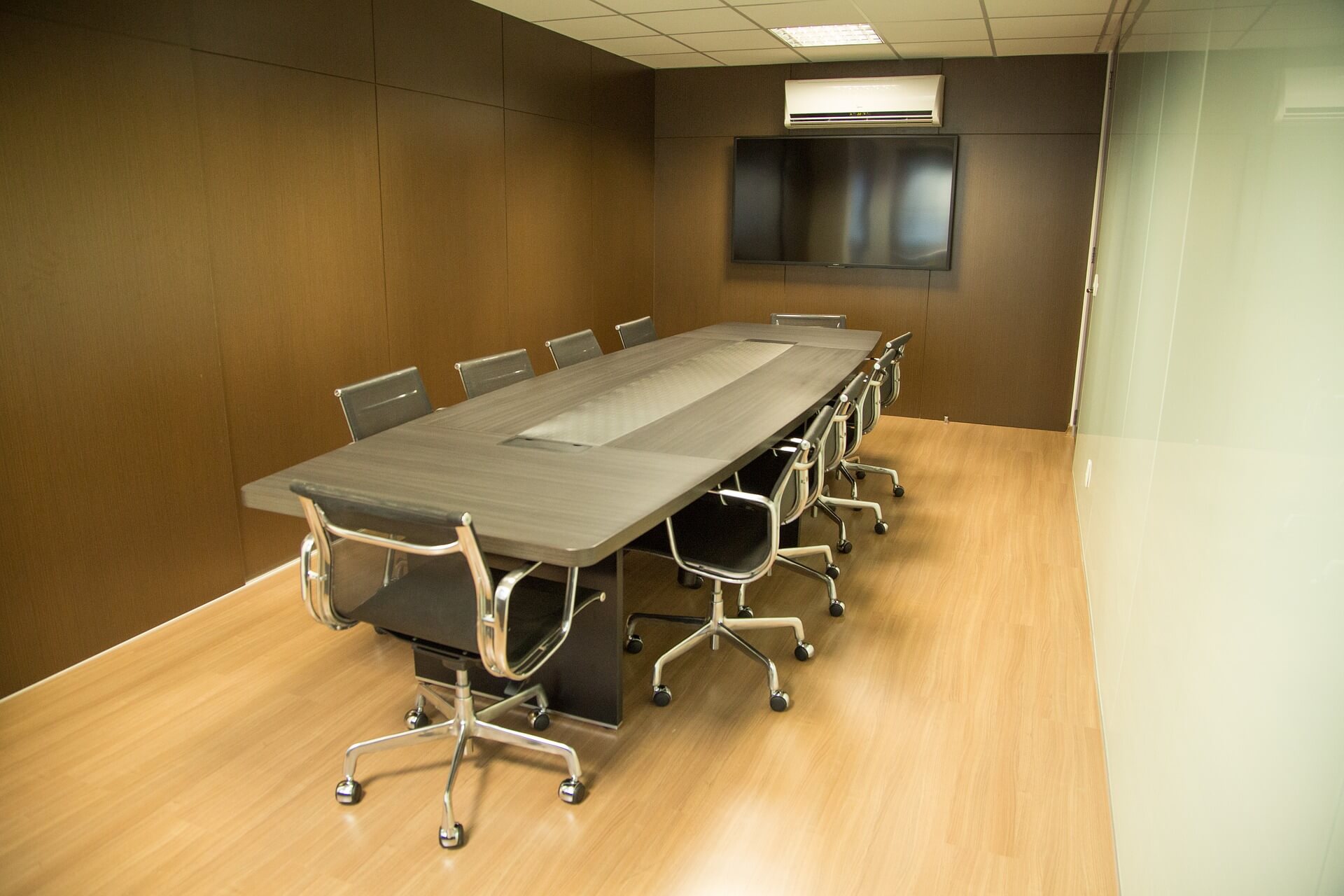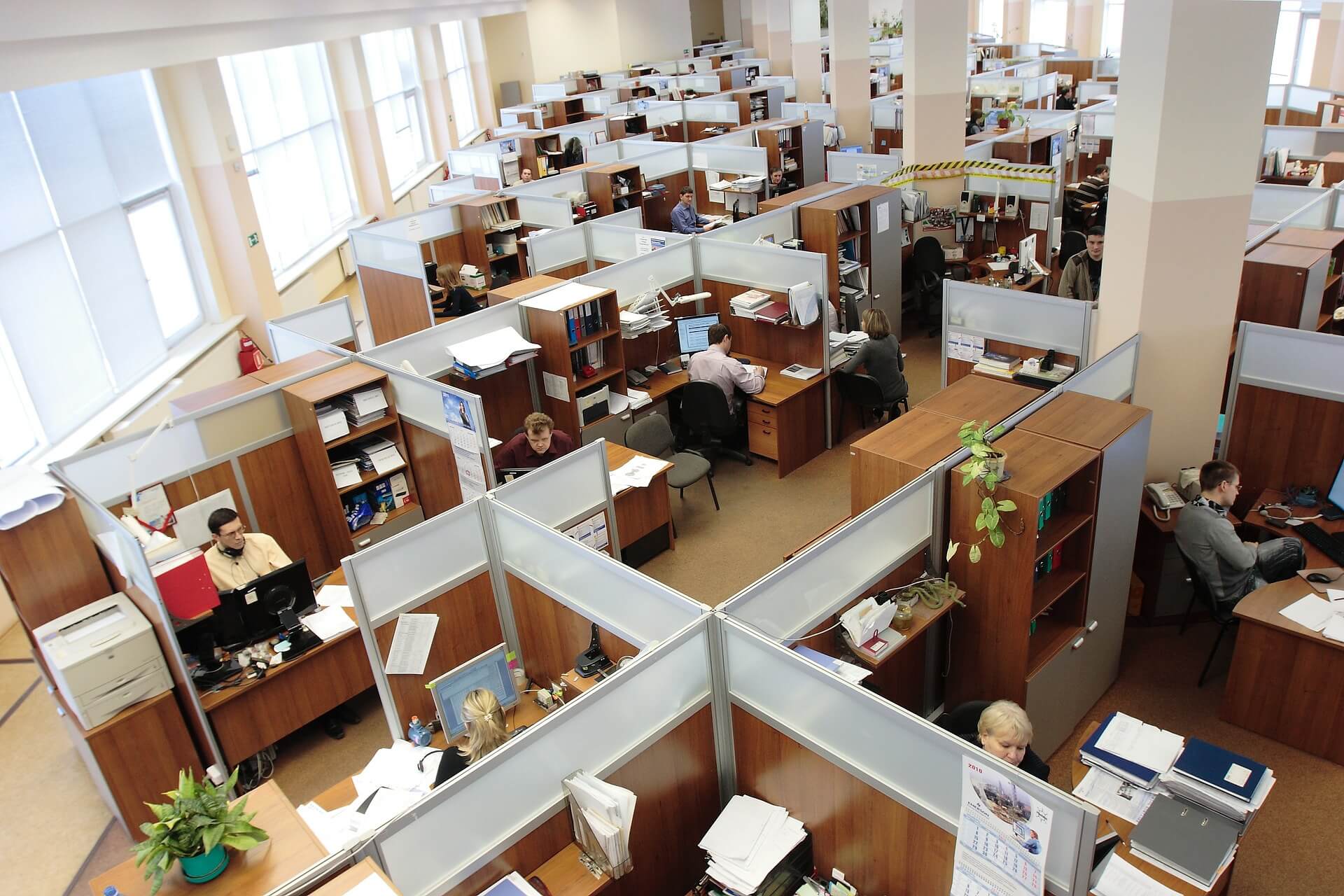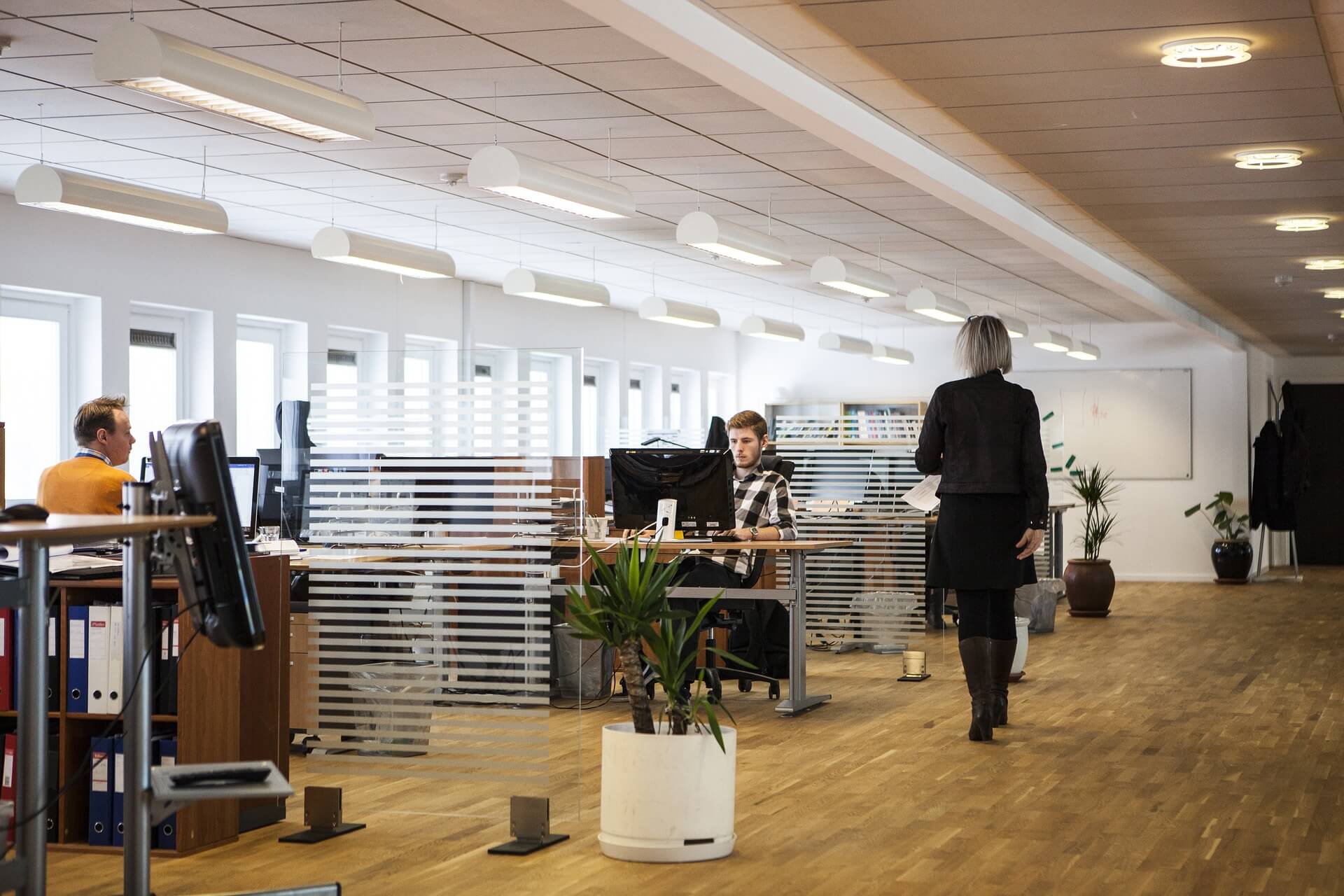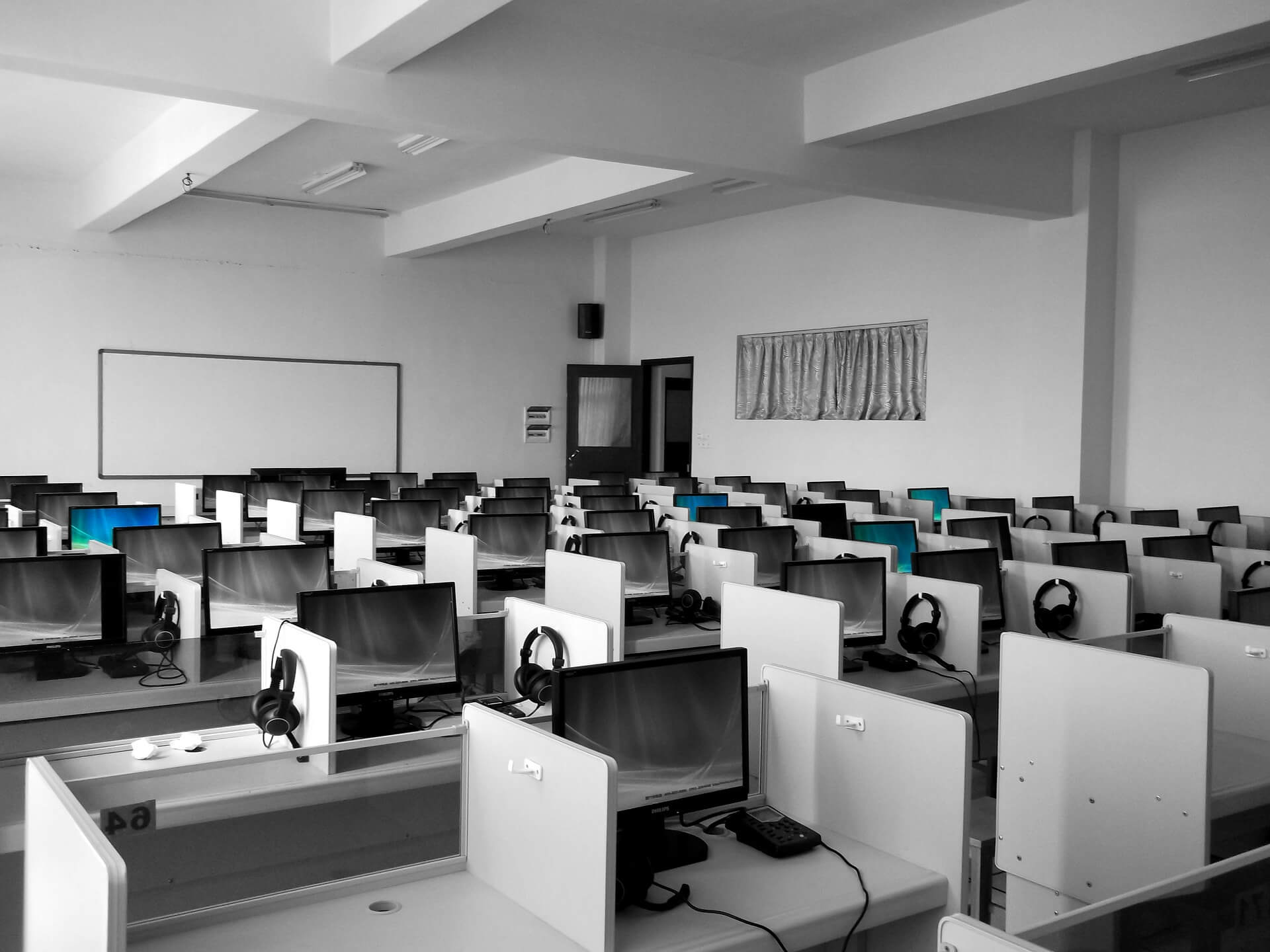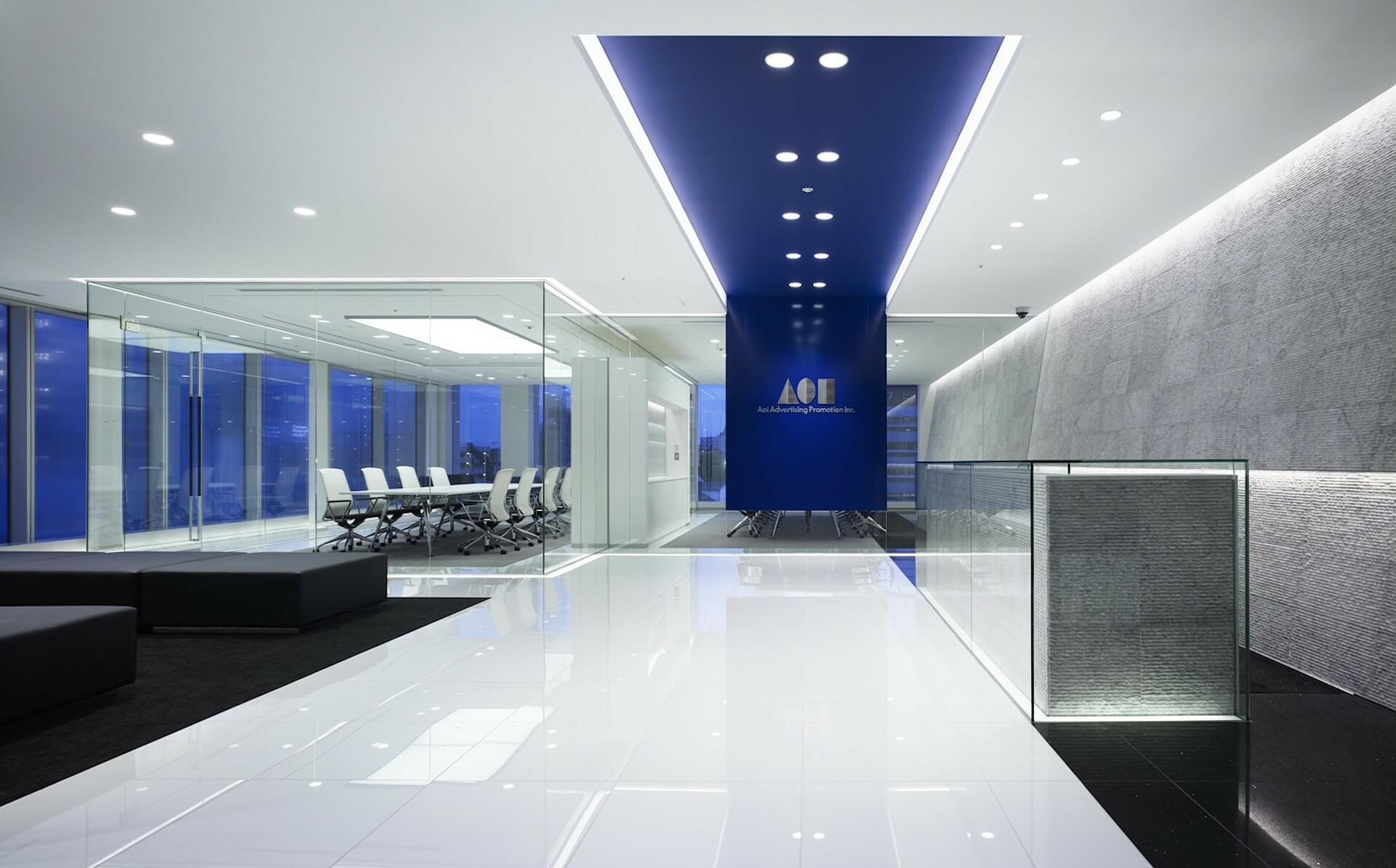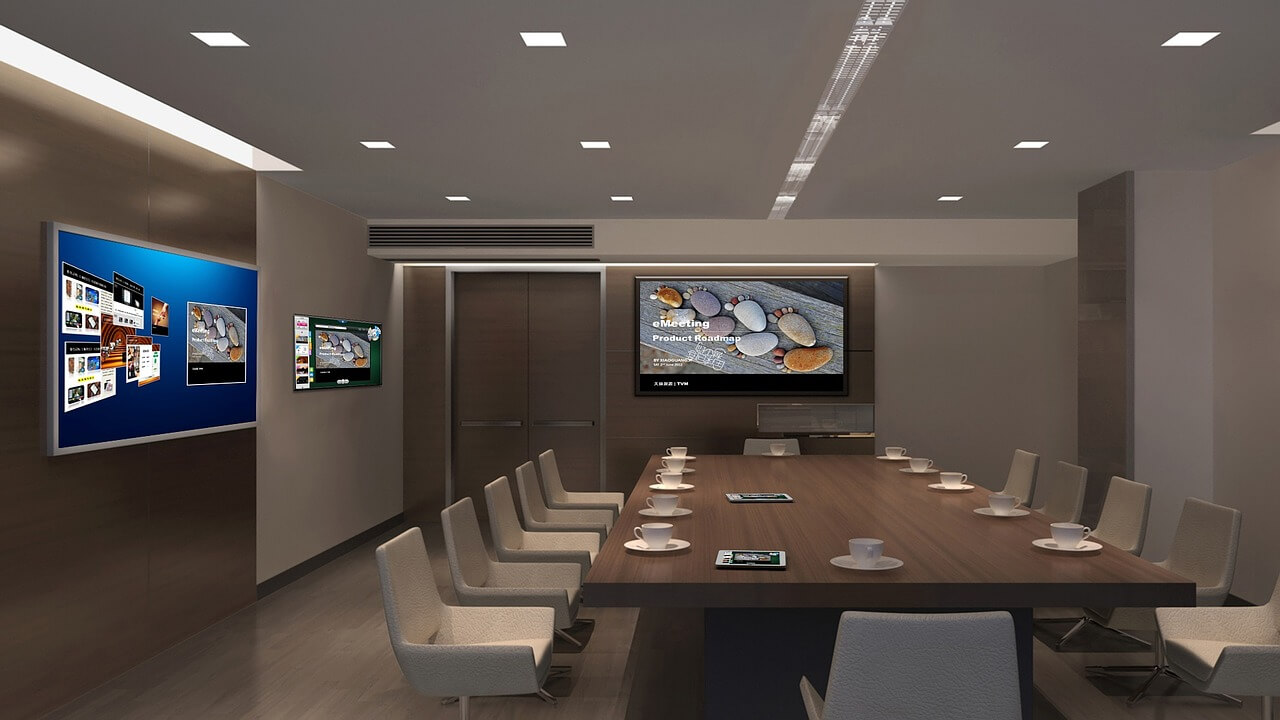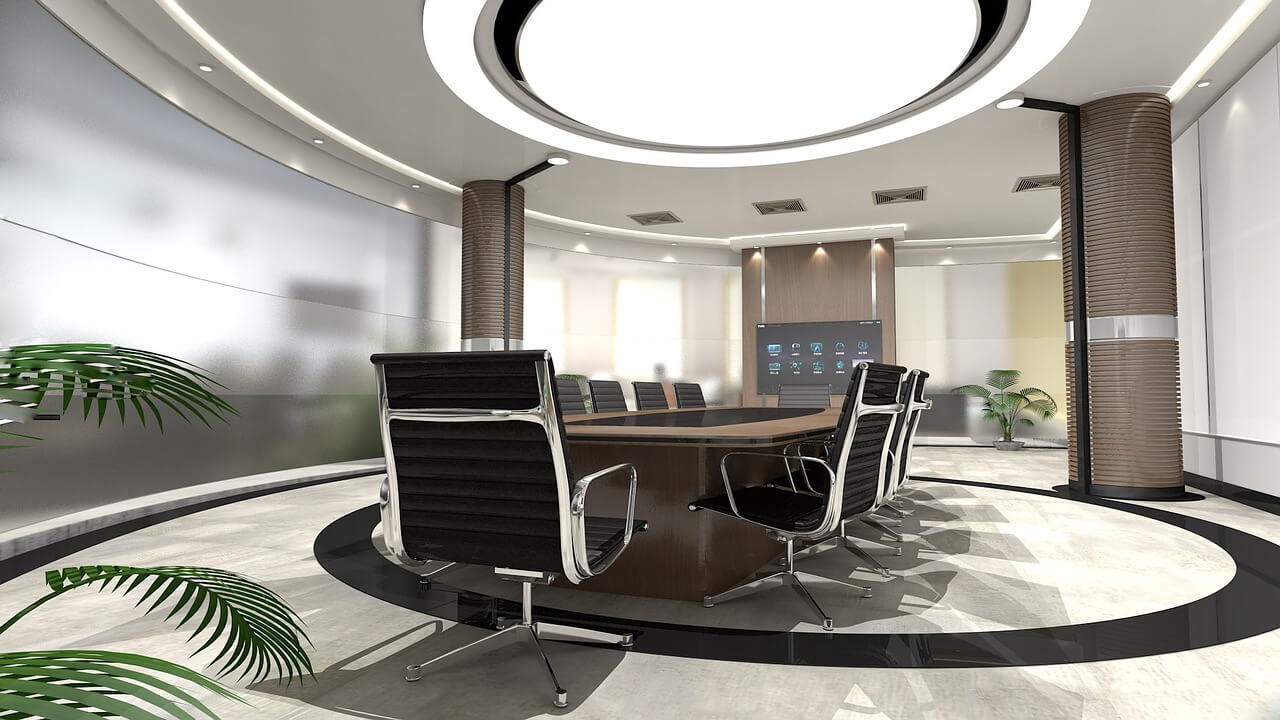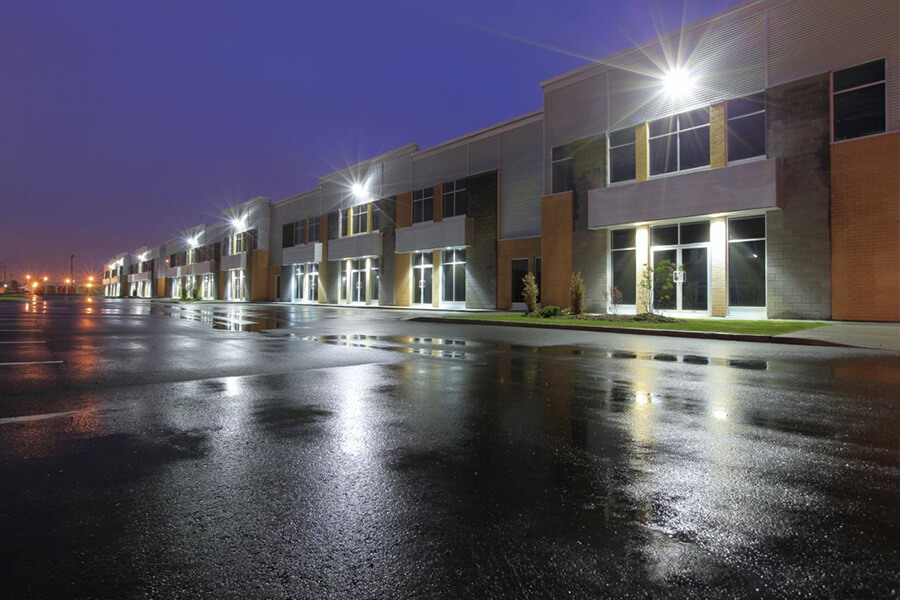If you’re a small business owner, you want to take advantage of any possible way to improve productivity and increase your bottom line. Every little bit makes a difference. And sometimes, small changes can have a dramatic effect. You may not expect that something small, such as switching to LED lighting would make that much difference to your business. But it does.
Saving Money with LED Lighting
To begin with, you can save quite a bit of energy in the long run by investing in LED lights from the get-go. The average lifespan of an LED light is 50,000 hours. So even if you use the LED light continuously, you won’t have to change it for at least six years.
Imagine how many regular light bulbs you would go through in that time. And you’ll get an idea of how much money you’re going to save. Sure, you might have to spend a little more in the moment but if you’re the type of business owner who looks five or ten years into the future, then you’ll see that LED is the best choice.
Increasing Productivity with LED Lighting
The other advantage of LED lighting is that it’s softer and more like regular daylight. When you work with regular incandescent or fluorescent lights, everything seems just a little bit harsh. And most regular workplaces don’t have large windows letting in the sunlight, no matter how pleasant this might be for employees. So you have to light everything electrically if your employees are going to get any work done.
Using LEDs instead of incandescent or fluorescents will just be (literally!) a lot easier on the eyes for your employees. As it is, they’re probably staring at computer and phone screens all day long, which hurts the eyes. The least you can do is arrange it so that the lighting in your offices is conducive to well-being and, eventually, productivity. Because an employee who is feeling comfortable and happy is likely to work for longer and put in his or her 100%. And this is eventually to your benefit as a business owner.
Contact us for more great tips for using LED lights in your office environment.


